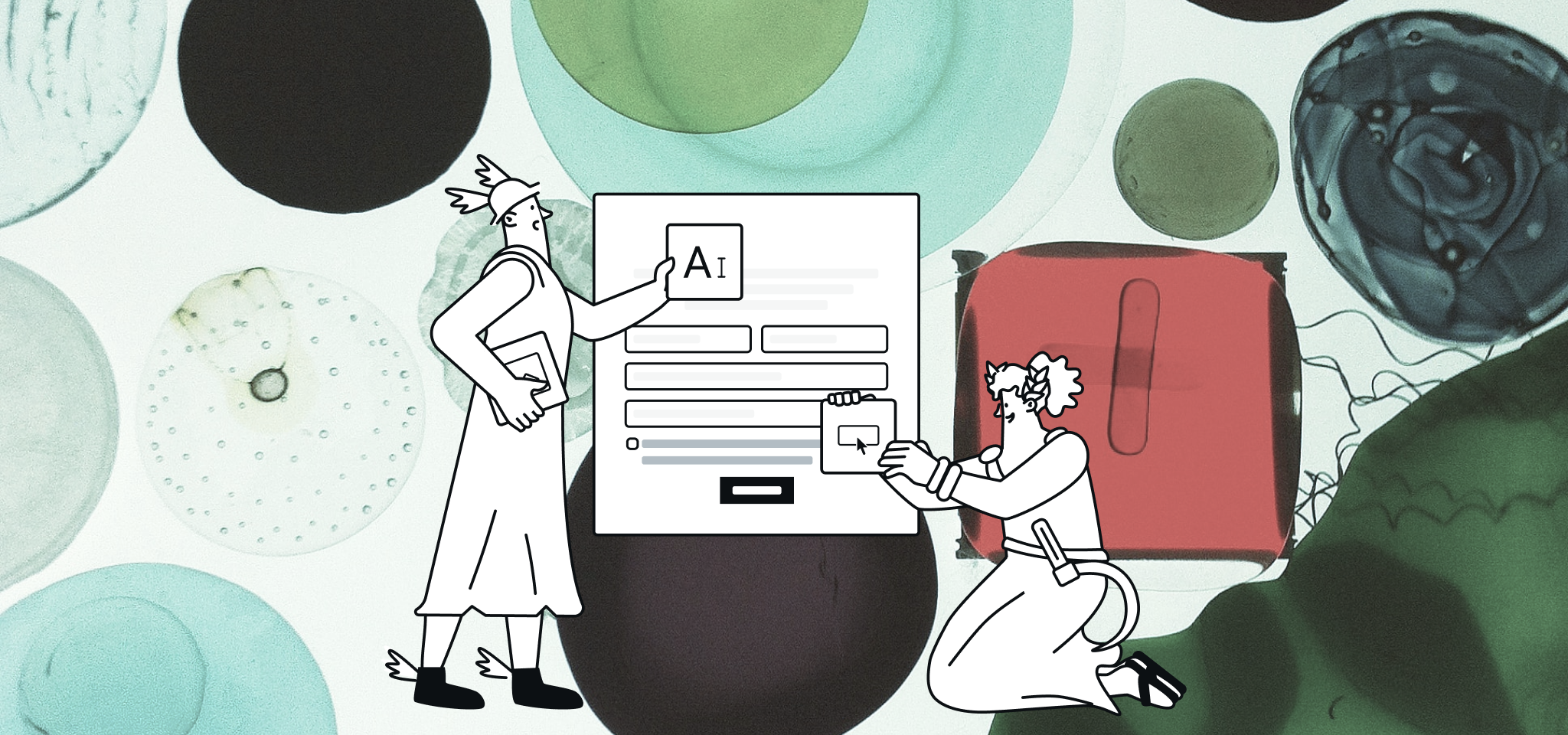Email Best Practices
Why you should be A/B testing your emails
Do you A/B test your email campaigns? If you don’t you’re missing out on a lot of valuable data that can help increase the performance of your campaigns.

PUBLISHED ON
Do you A/B test your email campaigns? If you don’t you’re missing out on a lot of valuable data that can help increase the performance of your campaigns. A/B testing – or split testing – is a simple way to try out new ideas, understand user behavior and optimize conversion. With simple tools such as Unbounce, testing features have become more accessible than ever and made it easy for marketers to run experiments on their websites and landing pages, and learn from the results.
But A/B testing isn’t just for web designers: email marketers too can benefit from applying testing principles to their email campaigns. It can help you get the things right that matter the most in email marketing: your subject line, copy wording, and call-to-action. Instead of going with your intuition, testing your emails before sending your campaign can give you insights into how you can best appeal to your audience and create great results.
If you still don’t think that testing your emails is worth your time, here are three reasons to get you convinced:
1. Understand your audience
Testing your email campaigns on a small part of your contact list before you send them out to everyone helps you understand how your audience responds to different messages. You probably already have a good understanding of your target group and how it responds to your emails. But instead of going with your gut feeling and assumptions, A/B testing gives you results based on actual behavior that is valuable in getting to know your audience.
Why is it important to know your audience? Because you want your emails to be effective. The more you know about the people that are going to read your emails, the better you know how to craft your message. How to appeal to them with images. When they are most likely to read your emails. Get the picture?
Testing your emails, analyzing the results, iterating and then testing some more gives you valuable insights to better understand your audience.
2. Get Creative
Another great opportunity in testing your emails is to try out new ideas on your audience. When you’re creating a newsletter, you probably have several different ideas when it comes to choosing the right wording for your subject line or exactly the right call-to-action to encourage your audience to click on your link. You might end up picking one based on your assumptions, in which case a lot of other ideas get lost and are never used.
Instead, try testing several of your ideas at once before choosing which one to use in your final newsletter. It gives you the chance to get creative with your ideas and see how they work with your audience.
For example, you can try testing two versions of a subject line - a short and a long version - to see which one generates more opens, or which one is more mobile friendly. The results of your test will give you idea as to what works better with your audience.
Remember to focus on just one element of your email for each test though. Pick one thing on your newsletter and test different versions of it, such as subject line, main image, call-to-action, or headline. If you test several things at once, even if you end up with a positive result, you won’t be able to determine why. Instead, focus the test on just one element and your results will be much more useful since you’ll know exactly what caused the result.
That doesn’t mean you should be afraid to use a more complex tool like A/x testing. A/x testing allows you to combine multiple elements (subject line, image) to test up to 10 versions of your email at once. As long as you focus your goal on just one element - testing 10 different subject lines while holding everything else constant - you can get even more granular results.
3. Fuel your future campaigns - and keep testing
Once you’ve gotten into a routine of running tests regularly, you will start building up data that can help you optimize and make the most out of your campaigns. Your test results will give you a stronger basis for making decisions on your newsletter creative. Rather than going with your intuition, your test results will give you data and statistics to base your decisions on.
It’s important to remember that testing shouldn’t be a one-off project. Since your contact list grows and changes over time, so will your audience and its preferences. And you should keep testing to make sure you follow the change and adapt your message with it.
A good idea is to also follow changes in the way emails are displayed by different email providers and on different devices, as this can have an big impact on how your campaigns perform. For example, an email looks very different on a desktop compared to on a smartwatch. By gathering results from tests targeted at different providers and platforms, you’ll learn how they differ, which will give you a chance to adjust and adapt your campaigns to the results.
So there you have it. Testing your campaigns will help you make the most out of your emailing efforts and give you valuable input on how to put together your campaign creative.
Now it’s time to hear from you: How are you testing your email campaigns? If you don’t already, get going and start your first experiment. We’d love to hear about your experiences!








